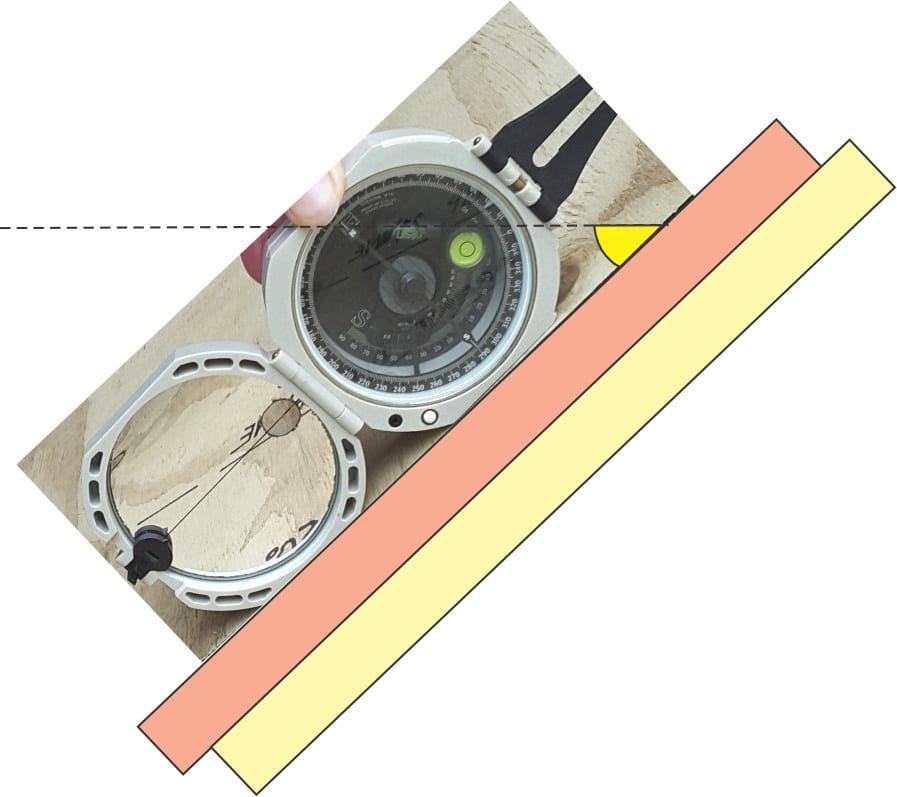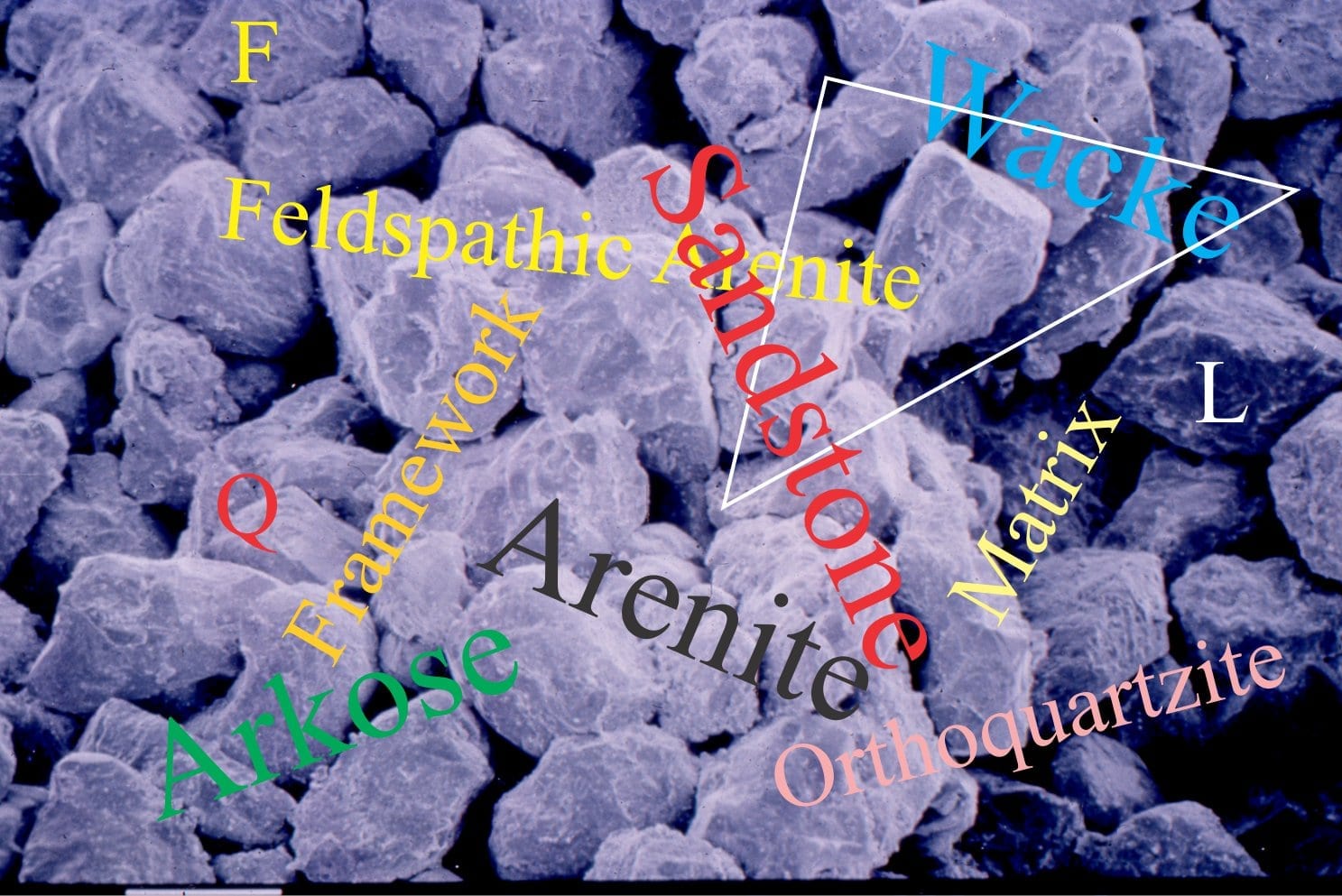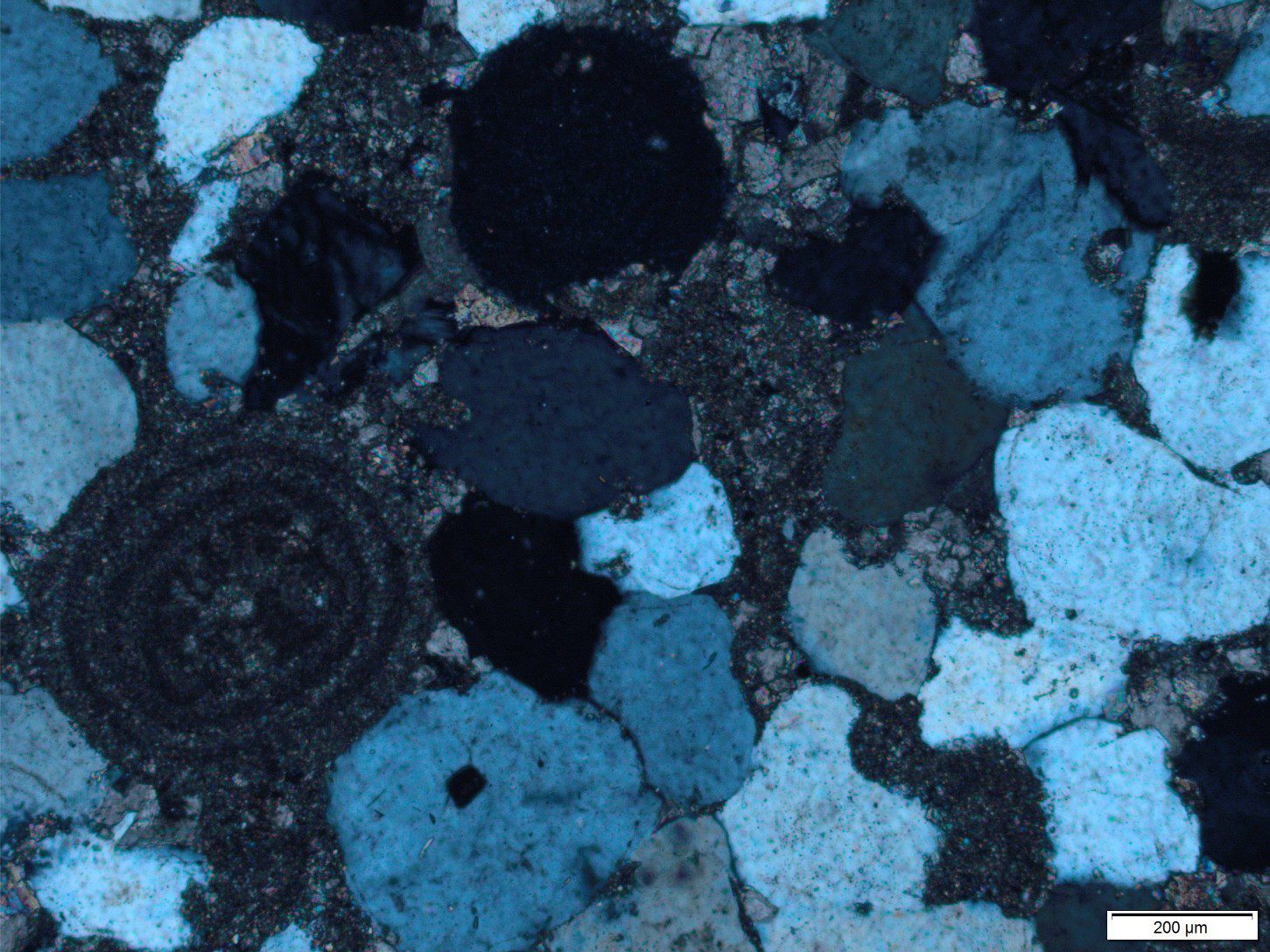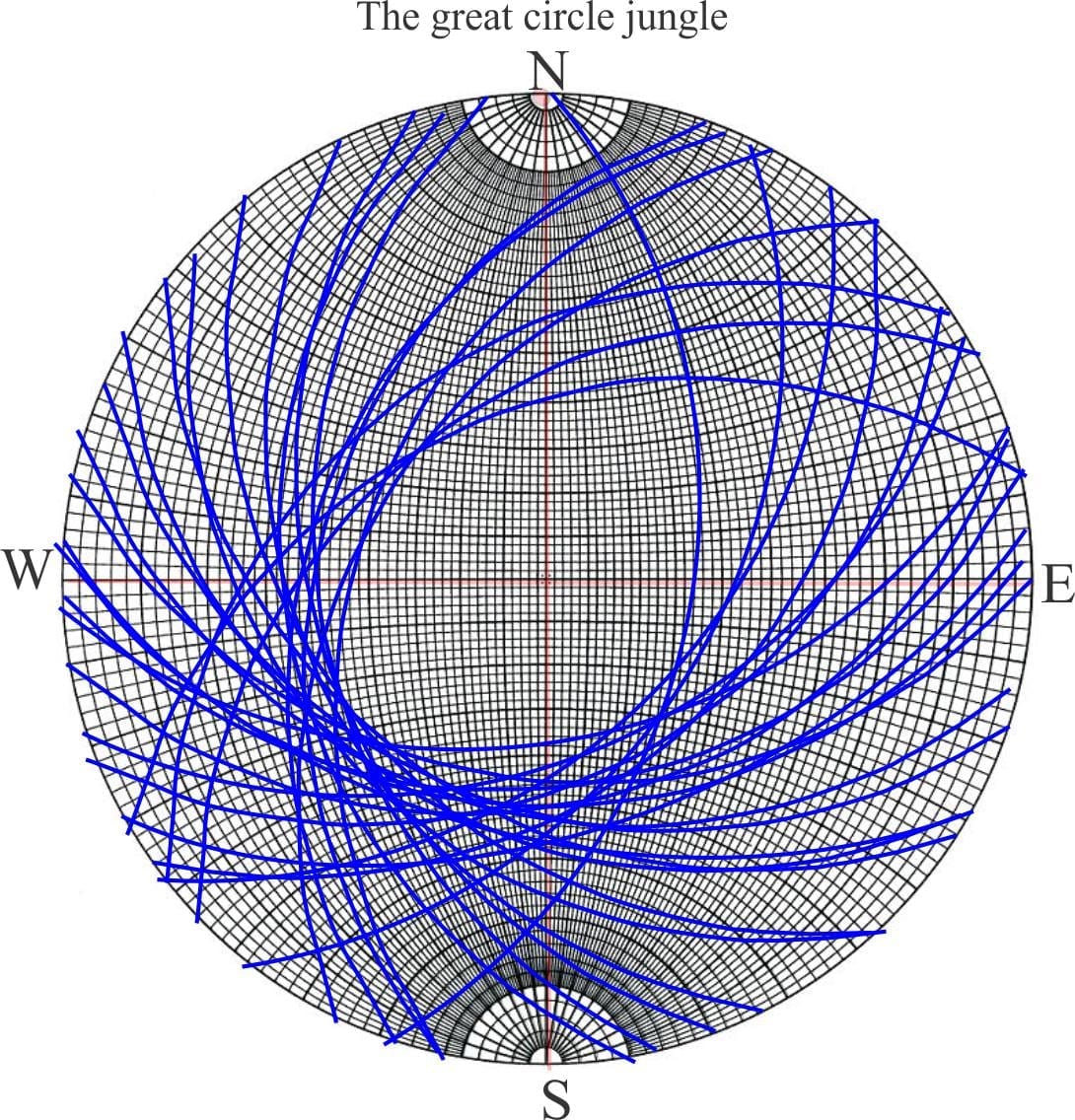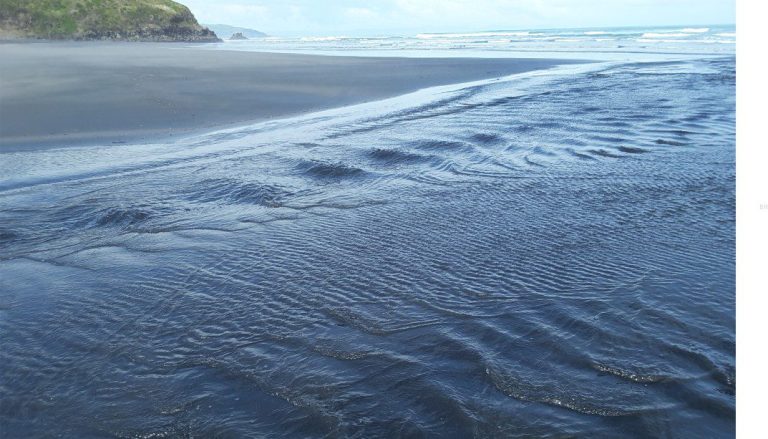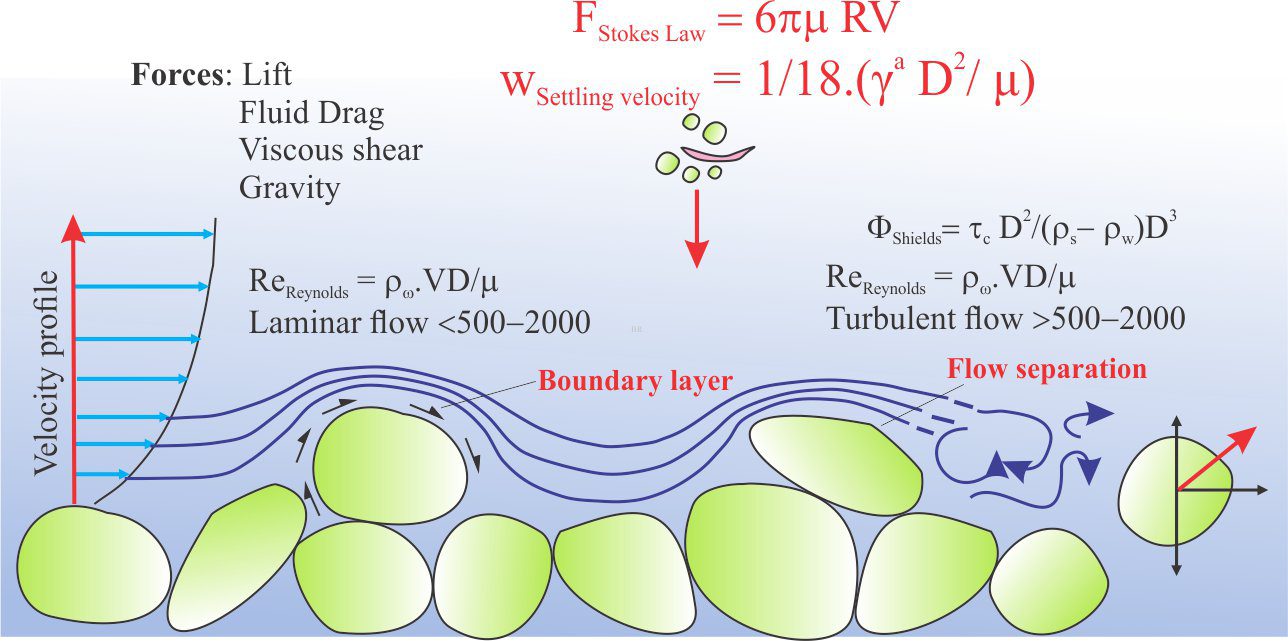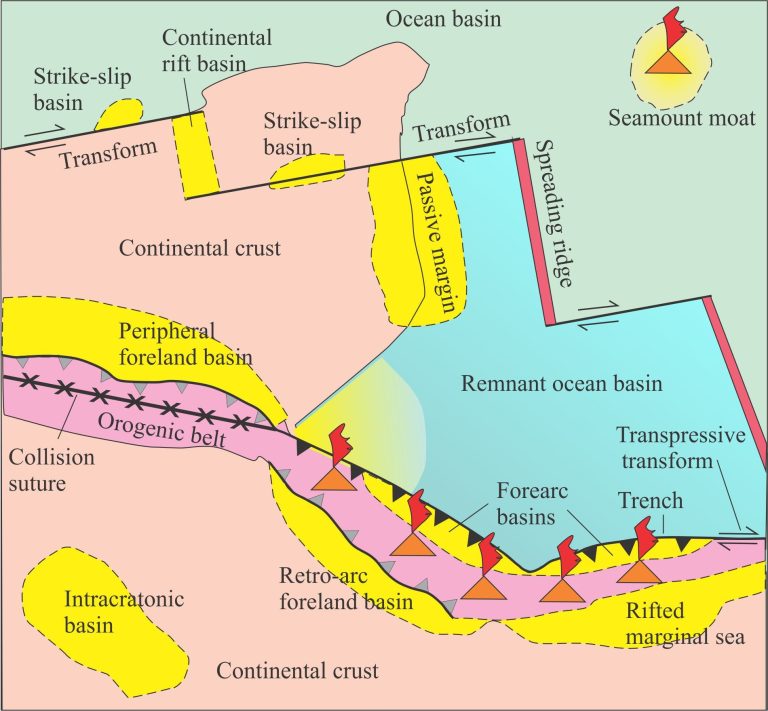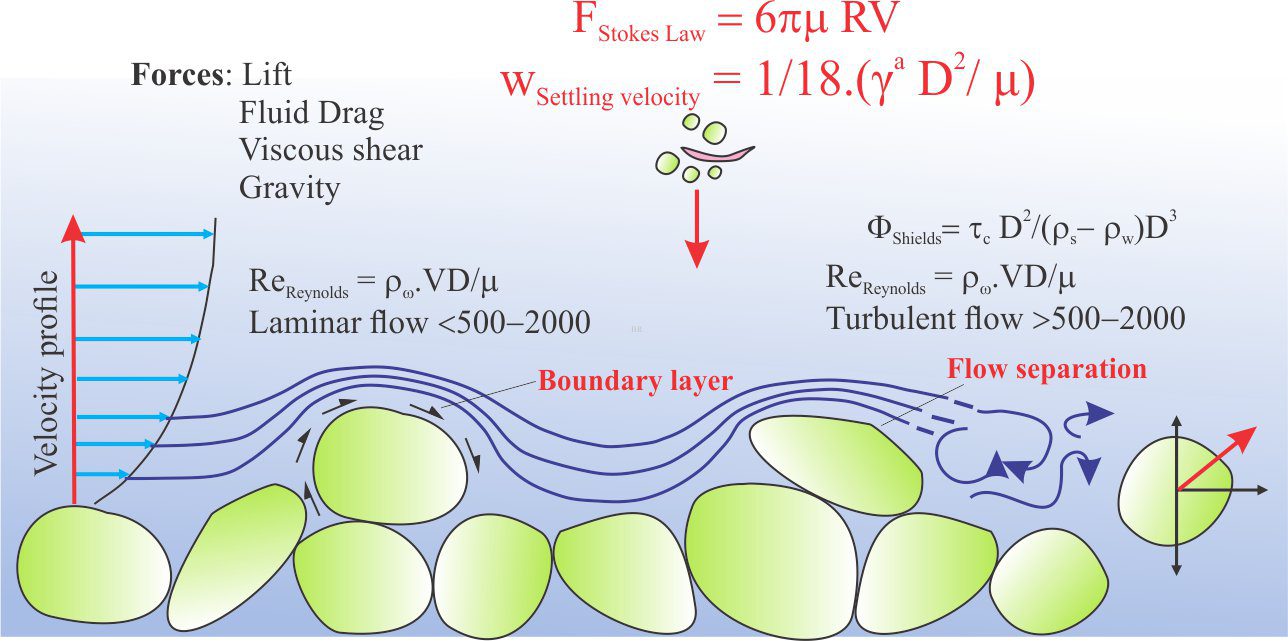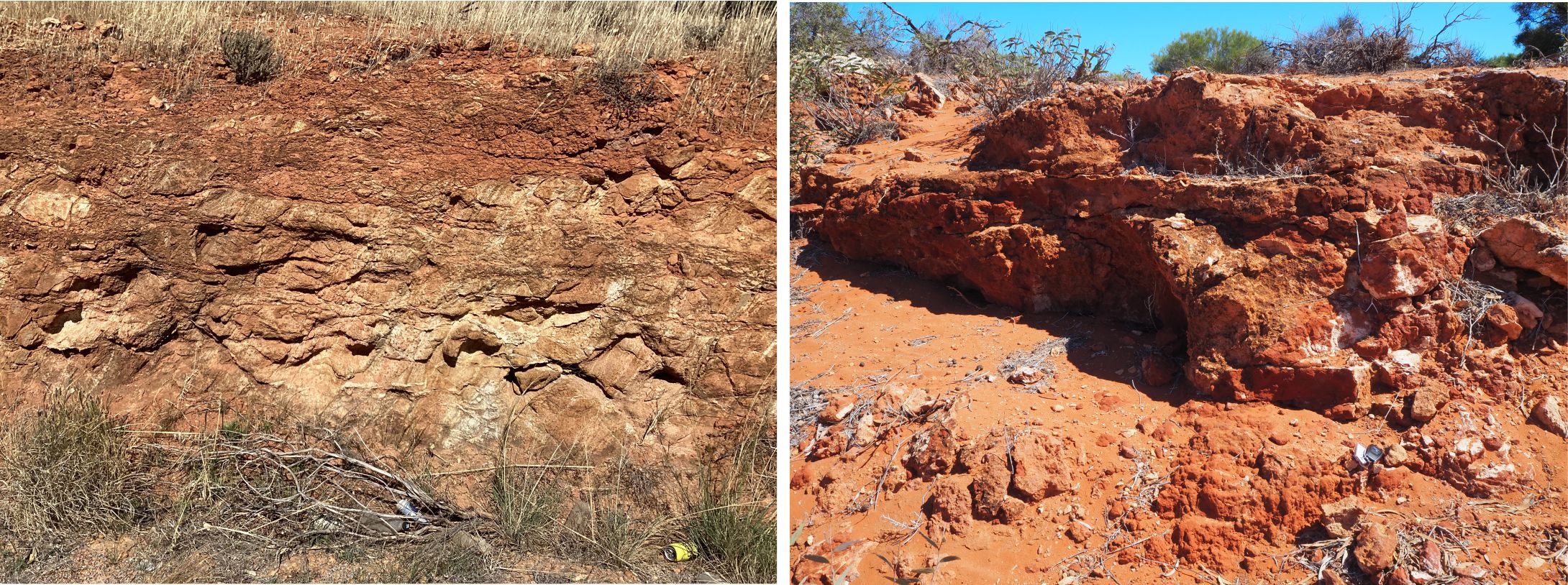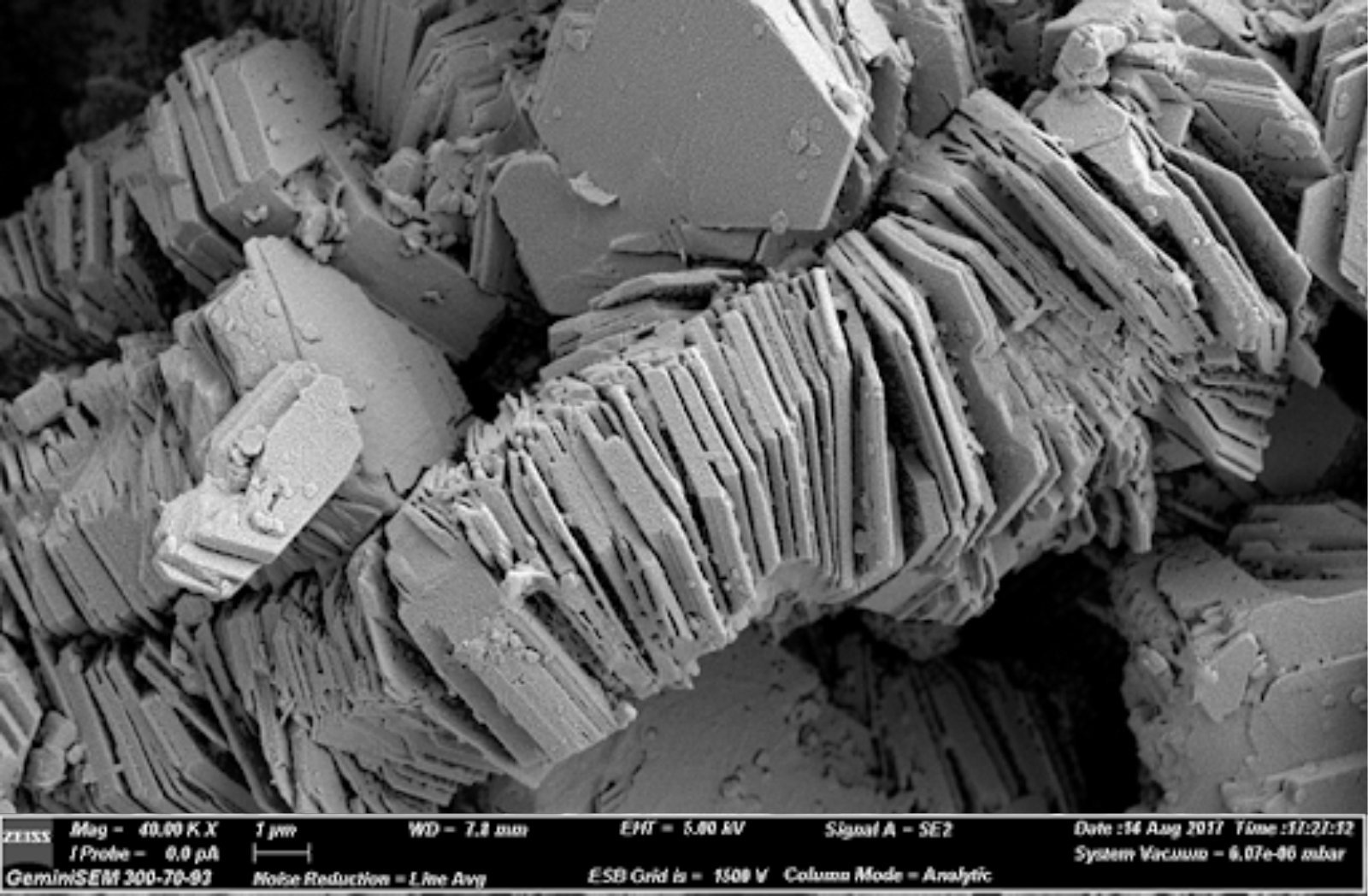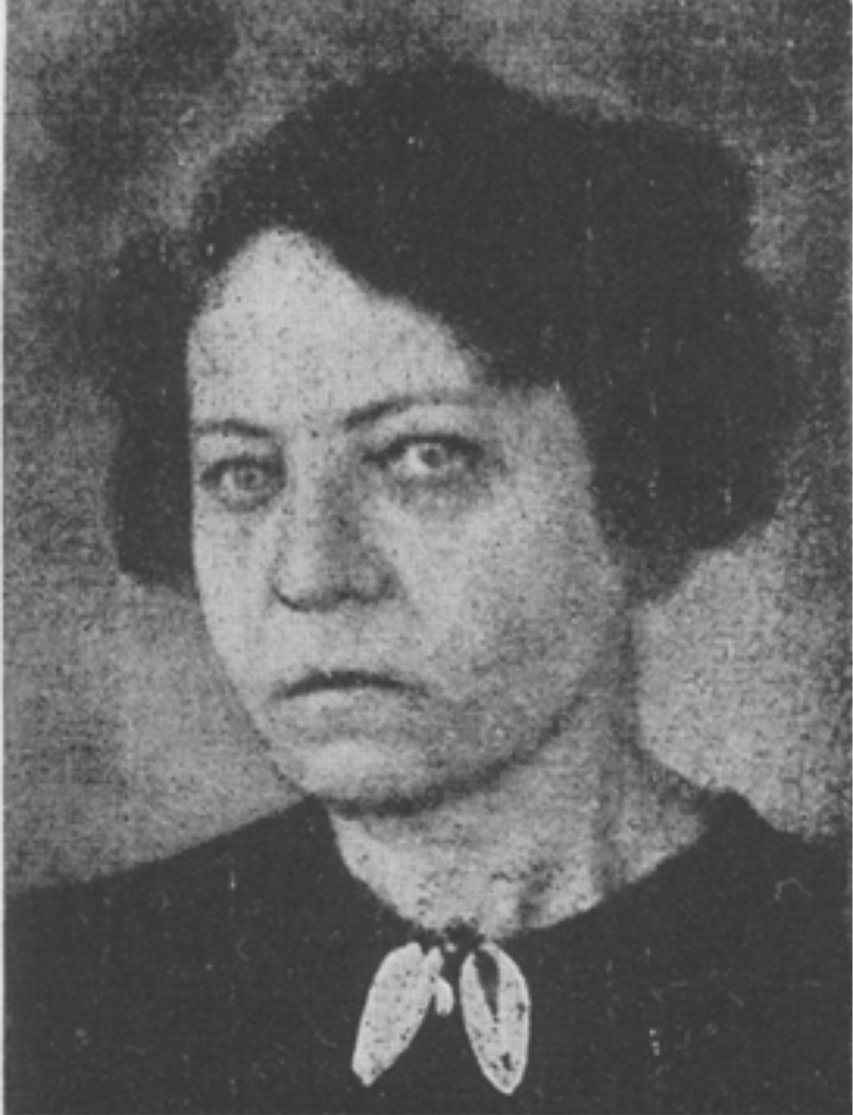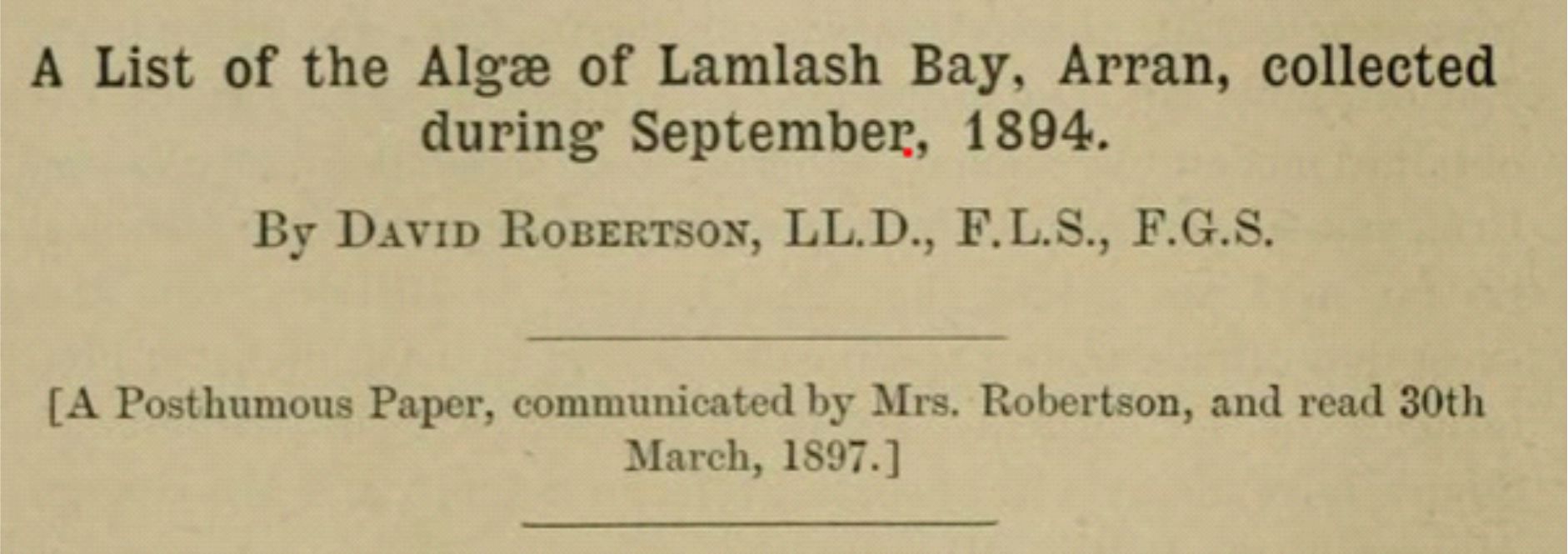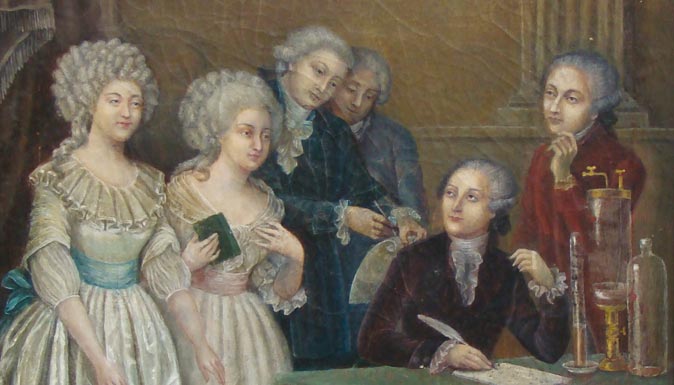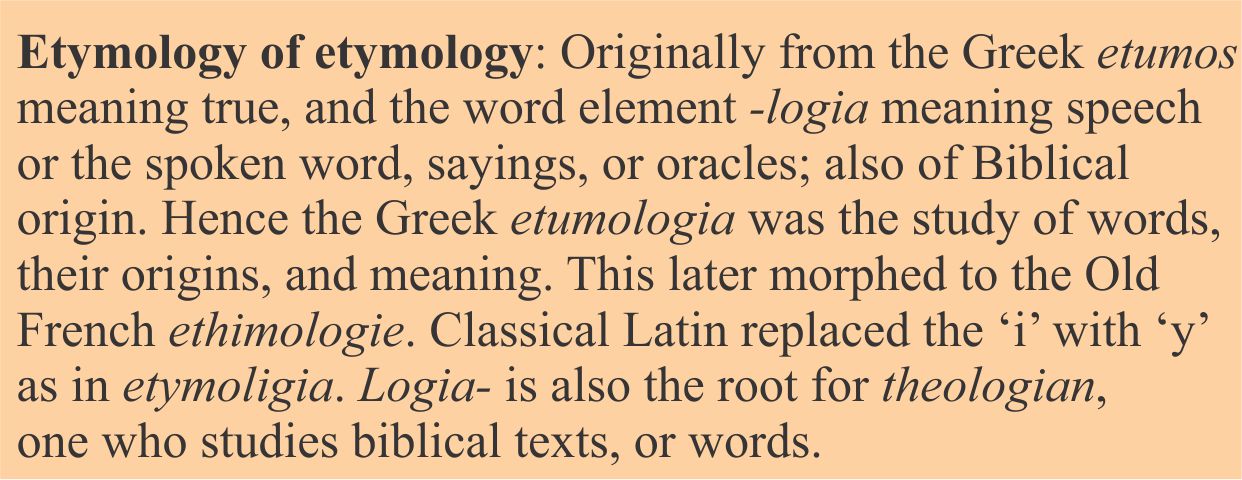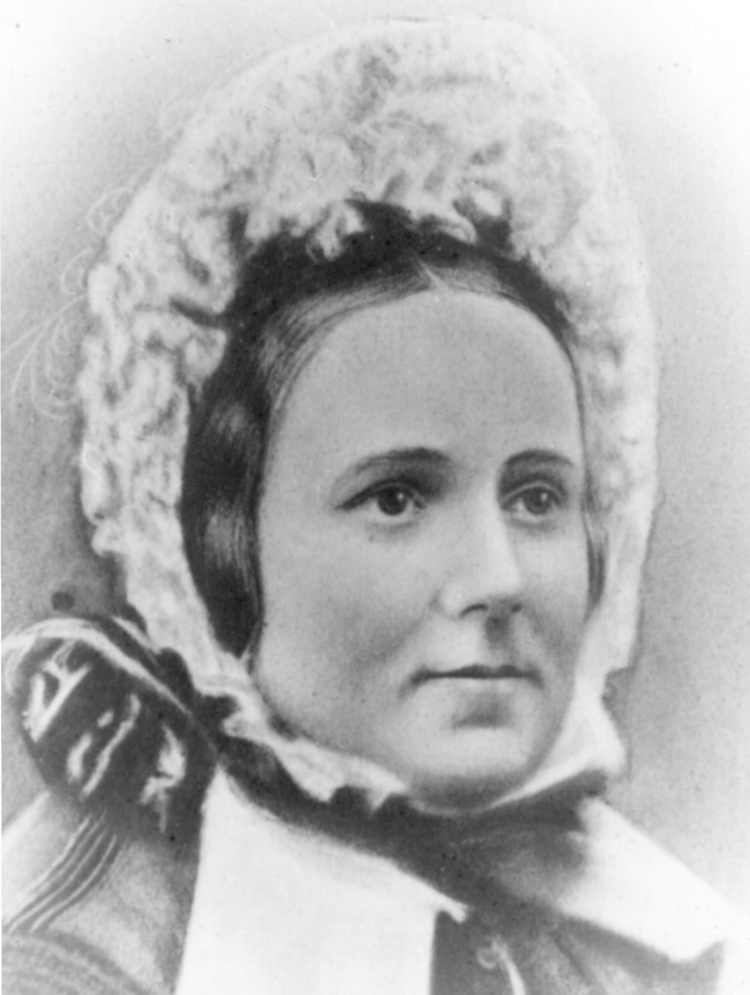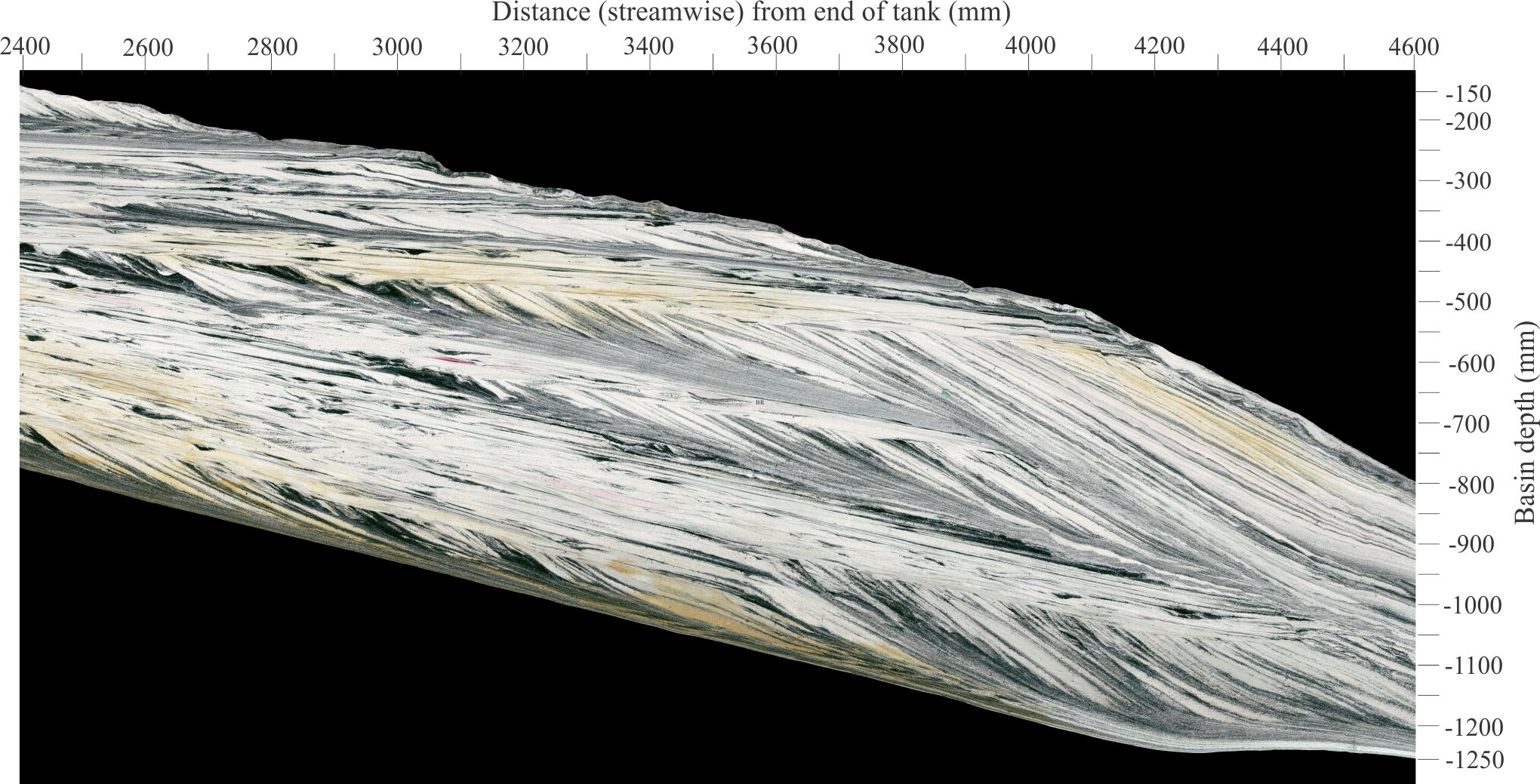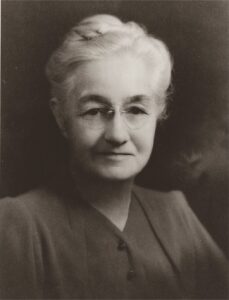
This biography is part of the series Pioneering women in Earth Sciences – the link will take you to the main page.
Mignon Talbot was one of those forces of nature who championed women’s formal education and their role as purveyors of scientific of knowledge. She was born (August 16, 1869) into a family that were curious about most things and dedicated to the welfare of others. Most of her adult life was directed toward these pursuits.
Talbot graduated Phi Beta Kappa from Ohio State University in 1898 (Phi Beta Kappa is a prestigious honour granted to those who excel in the liberal arts and sciences – it originated in 1776 at the College of William and Mary, Williamsburg, Virginia). She became a teacher at the Ohio-Columbus School District, but that same year she decided to advance her education with post-graduate studies at Harvard (1898), transferring to Cornell (1901-1902), then on to Yale (1902-1904). She was the first women to graduate with a PhD from Yale in 1904. Very few precedents for this level of academic achievement had been set at the time; Mary Holmes gained her geology PhD in 1888 from the University of Michigan, and Florence Bascom from Johns Hopkins in 1893 (a first also for that college).
Her paper Revision of the New York Helderbergian crinoids (Early Devonian) published in the American Journal of Science (July 1905) was extracted from her PhD thesis submitted a year earlier. While at Yale, she published a brief paper A contribution to a list of the fauna of the Stafford limestone of New York in the same journal (1903). The paper contains descriptions of 34 Devonian species not previously reported from the limestone, that included different groups of molluscs, crustacea, and annelids (worms), in addition to brachiopods and bryozoa that had previously been collected. Her paper, involving very different groups of invertebrates, demonstrates her ability as a paleontologist for detailed observations and descriptions – the kind of intellectual prowess required to complete her PhD.
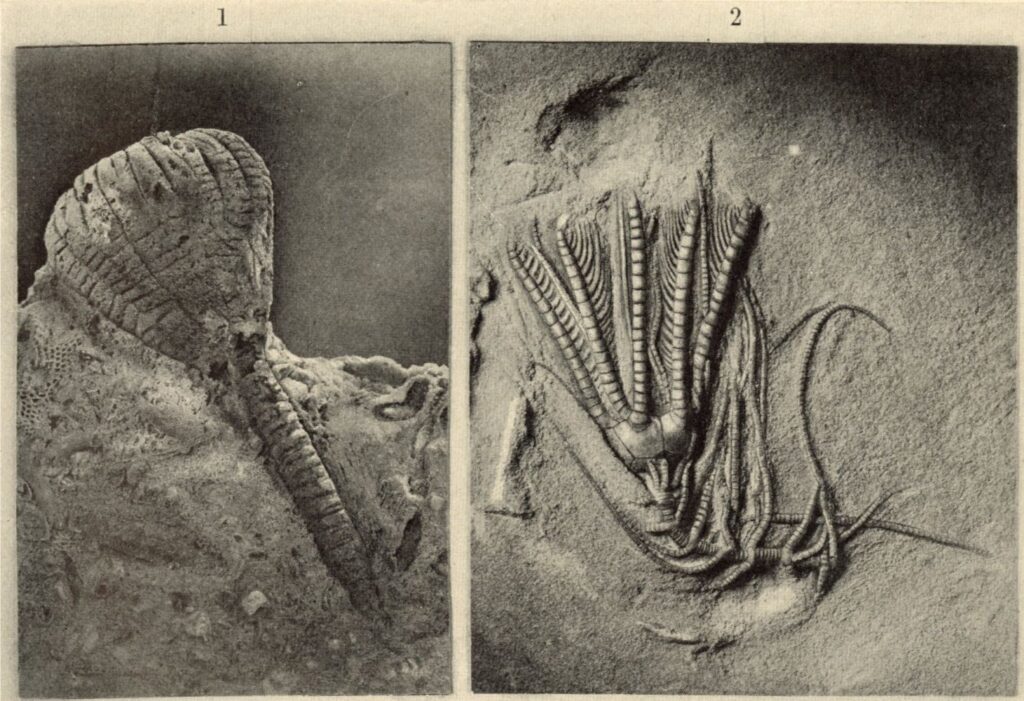
Talbot began teaching at Mount Holyoke College in 1904; her sister Ellen was also an academic there, teaching philosophy. Talbot was initially the sole lecturer in the geology department but by 1908 had became Professor of a thriving Geology Department; she was responsible for delivering several course – her work load must have been substantial (S. Pellegrino, 2018). Mount Holyoke was a good fit for Talbot’s temperament and intellectual prowess. One of the first colleges specifically for women, Mount Holyoke was founded in 1837 by Mary Lyon as a bastion of liberal arts and sciences. It is the oldest in the group of women’s colleges known as the Seven Sisters. The college has always bucked social norms by encouraging gender and ethnic diversity (as important today as it ever was). Talbot spent the remainder of her career at the College, retiring in 1935. It was during her tenure that she discovered a diminutive dinosaur – the first for a woman.
Talbot is also remembered because of a chance discovery in a boulder, or bowlder (Talbot’s use of an archaic spelling). The outsized clast was a glacial erratic of Triassic sandstone, found during a casual stroll through the local countryside in 1910 with her sister Ellen. The bones exposed on the boulder surface were fragments of the skull, vertebrae, and limbs. A fearsome creature was about 18 cm long. Talbot immediate recognized the scientific value of her find, guessing perhaps that it was of dinosaur origin.
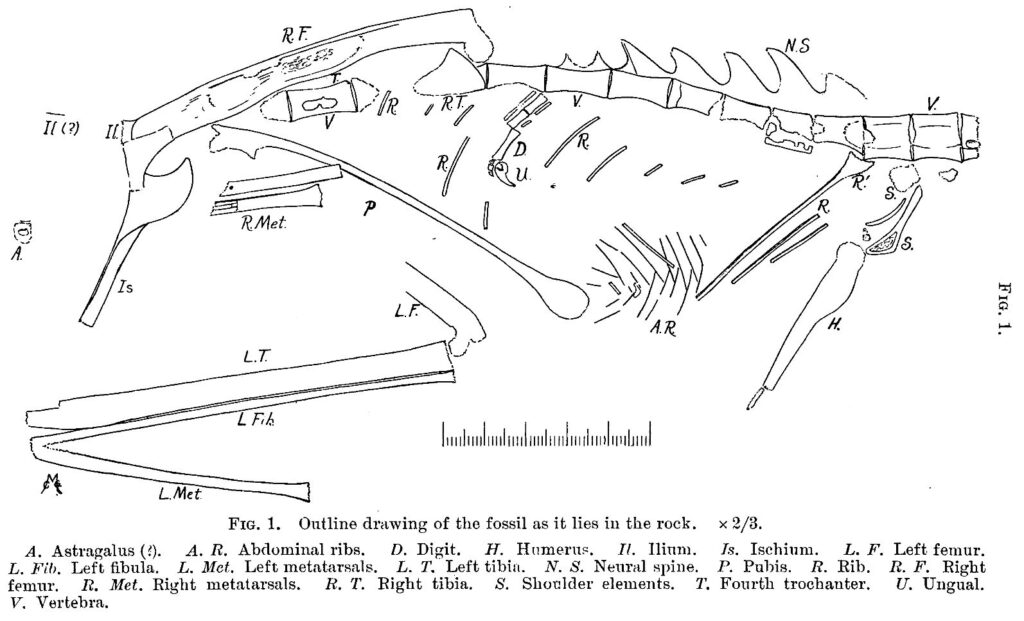
Her knowledge of vertebrate paleontology at that time was limited – most of her previous research had been on invertebrate faunas. She was encouraged to publish the discovery by one or two of her colleagues. Talbot later recalled a discussion with Professor Richard Swan Lull (Yale University) “Professor Lull said I must give a paper. I said, ‘I can’t –Don’t know a thing about dinosaurs.’ Professor Lull said, ‘Well, study them up then. You’ve got to describe it.’ And that is why I read and later published the short scientific description to which Professor Lull subsequently made additions.” (Quote from Turner et al., 2010). She did publish in 1911 in the American Journal of Science; reading this short paper gives the impression that she really did know what she was talking about, describing in detail the various bones and anatomical interpretations. She named the beast Podokesaurus holyokensis. Unfortunately, the original specimens were lost in a devastating fire at the College in 1917, although a plaster cast did survive.
In 1909 Mignon Talbot became the first woman to be admitted as a member of the fledgling Paleontological Society of America. The Society was founded in 1908, becoming a Section of the Geological Society of America (T.W. Stanton 1909; one of the original founders), with full incorporation in 1968. The PSA adopted many of the rules and regulations stipulated by the GSA, including the membership of women, and Talbot was the first. Notably, the first women to be admitted as a Fellows to the GSA were Mary Emilie Holmes in 1889, followed five years later by Florence Bascom. Women were also eligible for office in both societies, and Talbot was elected as PSA Vice President in 1926.
Comparisons with the Society counterparts in Britain at this time are interesting. The Geological Society had long debated the inclusion of women as Fellows, but active membership was not only explicitly discouraged, it was vociferously refused – until 1919 when a group of eight women scientists were admitted. Notably, the Royal Society managed to hang on to its maledom until 1945. The sister organization to the PSA, the Palaeontographical Society was founded in 1847, and did allow women to join although very few were in any position to do so.
Mignon Talbot died on July 18, 1950
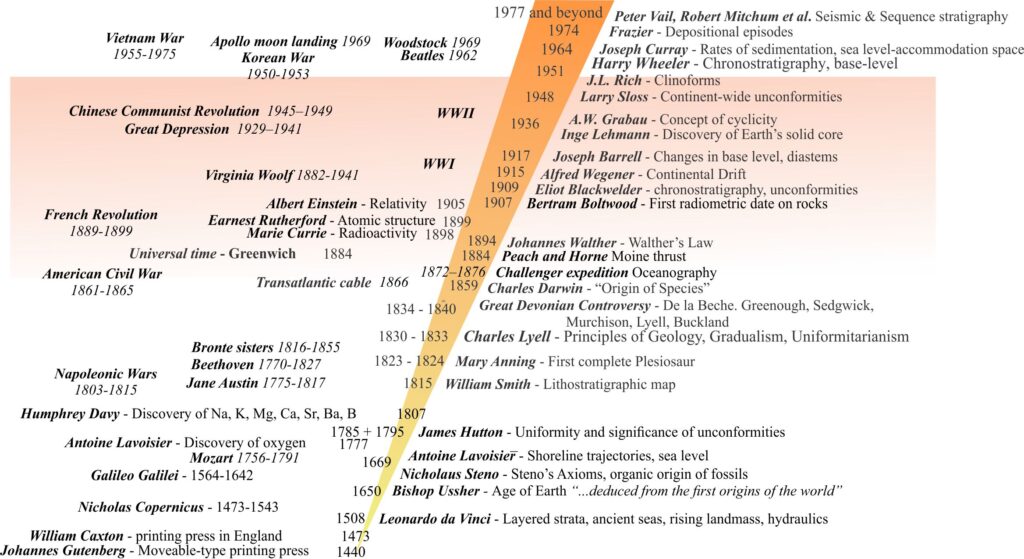
Additional references and links
Talbot, M. (1903). A contribution to a list of the fauna of the Stafford limestone of New York. American Journal of Science, S4-16(166), 148-150.
Talbot, M. (1904). Contribution to a revision of the (Lower Devonian) Helderbergian fauna of New York. Doctoral thesis, Yale University. ISBN 978-0-599-18971-3.
Talbot, M. (1905). Revision of the New York Helderbergian crinoids. American Journal of Science. Vol. 20, p. 17-34.
Talbot, M. (1911). Podokesaurus holyokensis, a new dinosaur from the Triassic of the Connecticut Valley. American Journal of Science. Vol. 31, p. 469-479.
Susan Turner, Cynthia V. Burek, & Richar T. J. Moody. 2010. Forgotten women in an extinct saurian (man’s) world. From: Moody, R. T. J., Buffetaut, E., Naish, D. & Martill, D. M. (eds) Dinosaurs and Other Extinct Saurians: A Historical Perspective. Geological Society, London, Special Publications, 343, 111–153.
Ferwen, 2014. Mignon Talbot and the forgotten women of Paleontology.
Stephanie Pellegrino, 2018. Mignon Talbot: The Professor and her Dinosaur
Paleontological Research Institution, 2021. Mignon Talbot and the Discovery of Podokesaurus.
